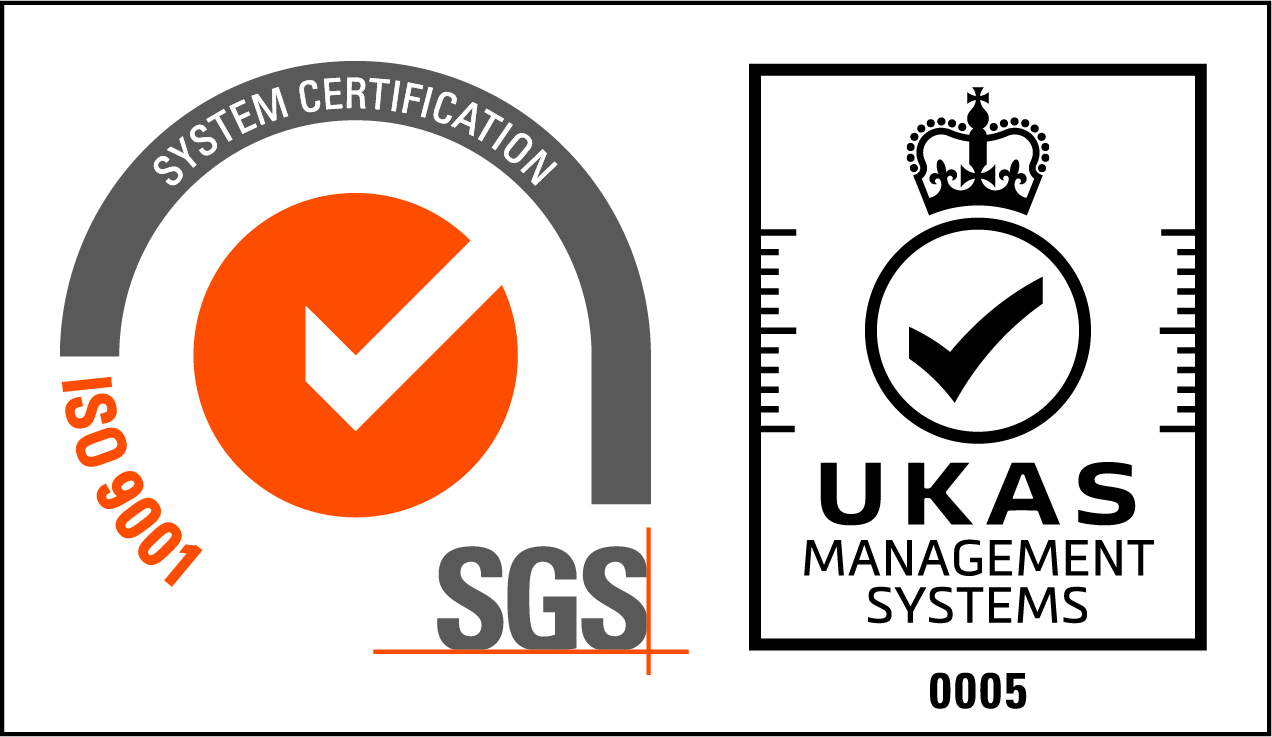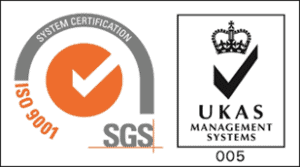In the digital age, embracing change and effectively managing change is not just a choice but a strategic imperative. Leveraging ISO standards as a mechanism for change management ensures that change is managed in a proactive and controlled manner. For more details on how Quadra can assist with ISO standards please get in touch.
Leveraging ISO Standards for Effective Change Management
In the ever-evolving business landscape, change is inevitable. Organisations that embrace change with a structured approach often turn to ISO standards as a guiding framework. This article explores the symbiotic relationship between ISO standards and change management, shedding light on key concepts like change control, change management procedures, and their connection to change theories such as Lewin’s Change Model. This YouTube video provides an overview of effective change management:
Navigating Change with ISO Standards
Change Control: A Pillar of Stability
Change control is the cornerstone of effective change management within the framework of ISO standards. It encompasses a systematic approach to identifying, documenting, and implementing changes. This proactive measure ensures that changes are managed in a controlled and structured manner, minimising the potential for disruptions in the organisation’s processes. Find out more about how ISO standards can help.
The Change Control Process: Orchestrating Transformation
A well-defined change control process is vital for managing change seamlessly. This process involves a series of steps, from the initiation of a proposed change to its evaluation, approval, and implementation. ISO standards provide a robust foundation for organisations to establish and fine-tune their change control procedures, fostering adaptability and resilience in the face of transformation.
Bridging Theory and Practice: ISO Standards and Change Theories
Change Theory in Action
Linking ISO standards to change theories, such as Lewin’s Change Model, amplifies the effectiveness of change management. Lewin’s model, comprising the stages of unfreezing, changing, and refreezing, aligns with ISO’s systematic and phased approach. ISO standards provide the necessary structure to implement and sustain changes, mirroring the theoretical foundations of successful change management.
The Interplay between ISO Standards and Lewin’s Change Model
ISO standards and Lewin’s Change Model share a common objective: achieving sustainable change. ISO standards offer a practical roadmap, while Lewin’s model provides the theoretical underpinning. The unfreezing stage correlates with the need for change identified in ISO standards, the changing stage aligns with the implementation of change control procedures, and the refreezing stage resonates with the establishment of new norms through ISO’s standardised processes.
Frequently Asked Questions
Q1: How do ISO standards contribute to effective change control?
ISO standards provide a structured framework for change control, ensuring changes are systematically identified, evaluated, and implemented. This systematic approach minimises disruptions and fosters stability during the change process.
Q2: What is the significance of a well-defined change control process within ISO standards?
A well-defined change control process, guided by ISO standards, orchestrates transformation by establishing clear steps from initiation to implementation. This process ensures changes are thoroughly evaluated and seamlessly integrated into the organisation’s existing procedures.
Q3: How does ISO’s systematic approach align with Lewin’s Change Model?
ISO’s systematic approach, akin to Lewin’s Change Model, encompasses the stages of unfreezing (identifying the need for change), changing (implementing change control procedures), and refreezing (establishing new norms). This alignment enhances the effectiveness of change management efforts.
Q4: Can ISO standards be customised to fit different change management theories?
Yes, ISO standards provide a flexible framework that can be customised to align with various change management theories, ensuring adaptability to the unique needs and theories of each organisation.
Q5: How do ISO standards help in mitigating risks associated with change?
ISO standards provide guidelines for risk mitigation throughout the change management process. By adopting a systematic approach, organisations can identify and address potential risks, ensuring a smoother and more secure transition during change.
Embrace change with confidence by leveraging ISO standards for effective change management. The interplay between structured change control processes and established change theories positions organisations for successful and sustainable transformation.
In conclusion, ISO standards serve as a beacon for organisations navigating the complexities of change management. By providing structured change control processes, aligning with change theories, and facilitating risk mitigation, ISO standards empower organisations to not only manage change effectively but also enhance their overall success in a rapidly evolving business environment.






